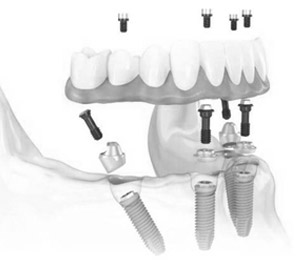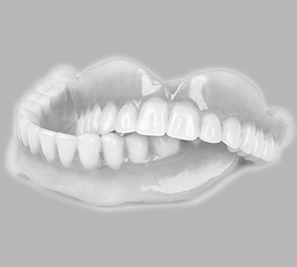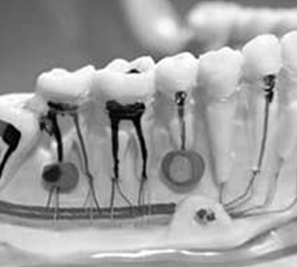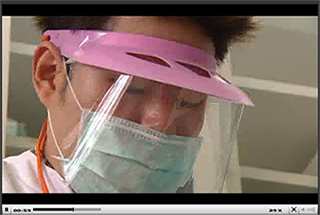Dental Surgery

Wisdom teeth present potential problems when they are misaligned they can position themselves horizontally, be angled toward or away from the second molars or be angled inward or outward. Poor alignment of wisdom teeth can crowd or damage adjacent teeth, the jawbone, or nerves. Wisdom teeth that lean toward the second molars make those teeth more vulnerable to decay by entrapping plaque and debris. In addition, wisdom teeth can be entrapped completely within the soft tissue and/or the jawbone or only partially break through or erupt through the gum. Teeth that remain partially or completely entrapped within the soft tissue and /or the jawbone are termed "impacted." Wisdom teeth that only partially erupt allows for an opening for bacteria to enter around the tooth and cause an infection, which results in pain, swelling, jaw stiffness, and general illness. Partially erupted teeth are also more prone to tooth decay and gum disease because their hard-to-reach location and awkward positioning makes brushing and flossing difficult.
Extraction of wisdom teeth is generally recommended when:
• Wisdom teeth only partially erupt. This leaves an opening for bacteria to enter around the tooth and cause an infection. Pain, swelling, jaw stiffness and general illness can result.
• There is a chance that poorly aligned wisdom teeth will damage adjacent teeth.
• A cyst (fluid-filled sac) forms, destroying surrounding structures such as bone or tooth roots.
How Is a Wisdom Tooth Removed?

What Happens During the Procedure?
Before your wisdom tooth is extracted, the tooth and the surrounding tissue will be numbed with a local anestheti's " the same injection with the same medication you would receive to numb a tooth prior to having a cavity filled. In addition to the local anesthetic to numb the pain, you and your dentist or oral surgery may decide that a sedative is desired to control your anxiety. Sedating medications that could be selected include: nitrous oxide (otherwise known as "laughing gas"), an oral sedative (for example, Valium), or an intravenous sedative (administered via an injection into your veins). If nitrous oxide is given, you will be able to drive yourself home. If any of the other medications is selected, you will need someone to drive you both to and from the appointment in which your tooth will be extracted.












